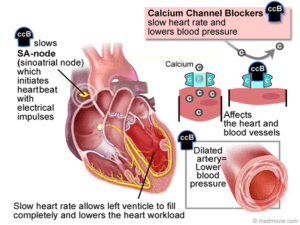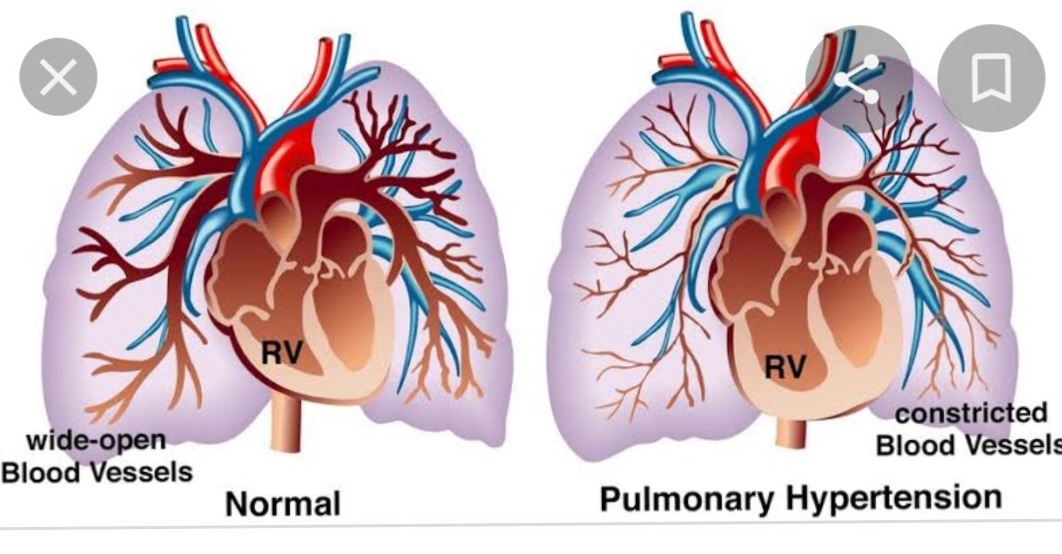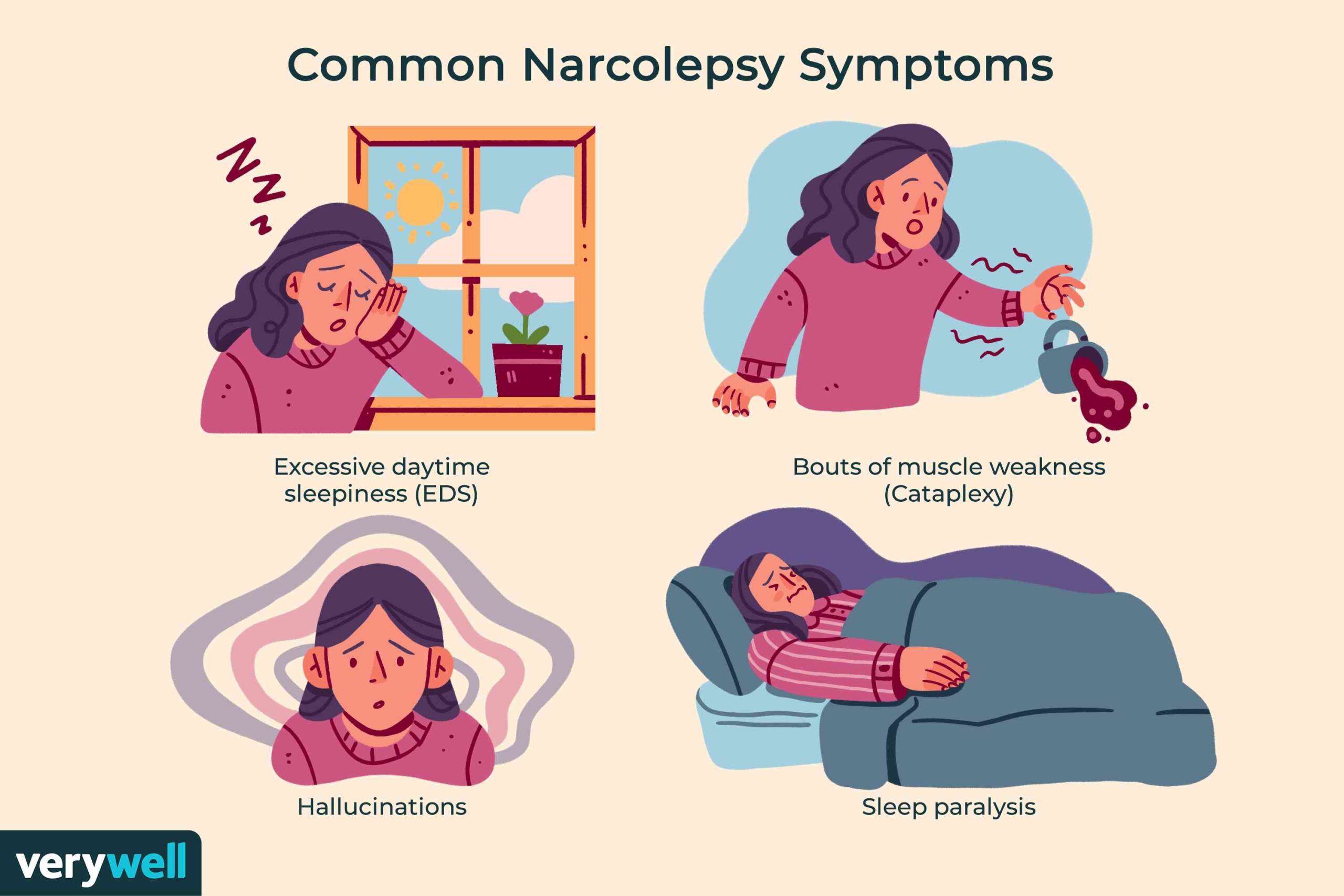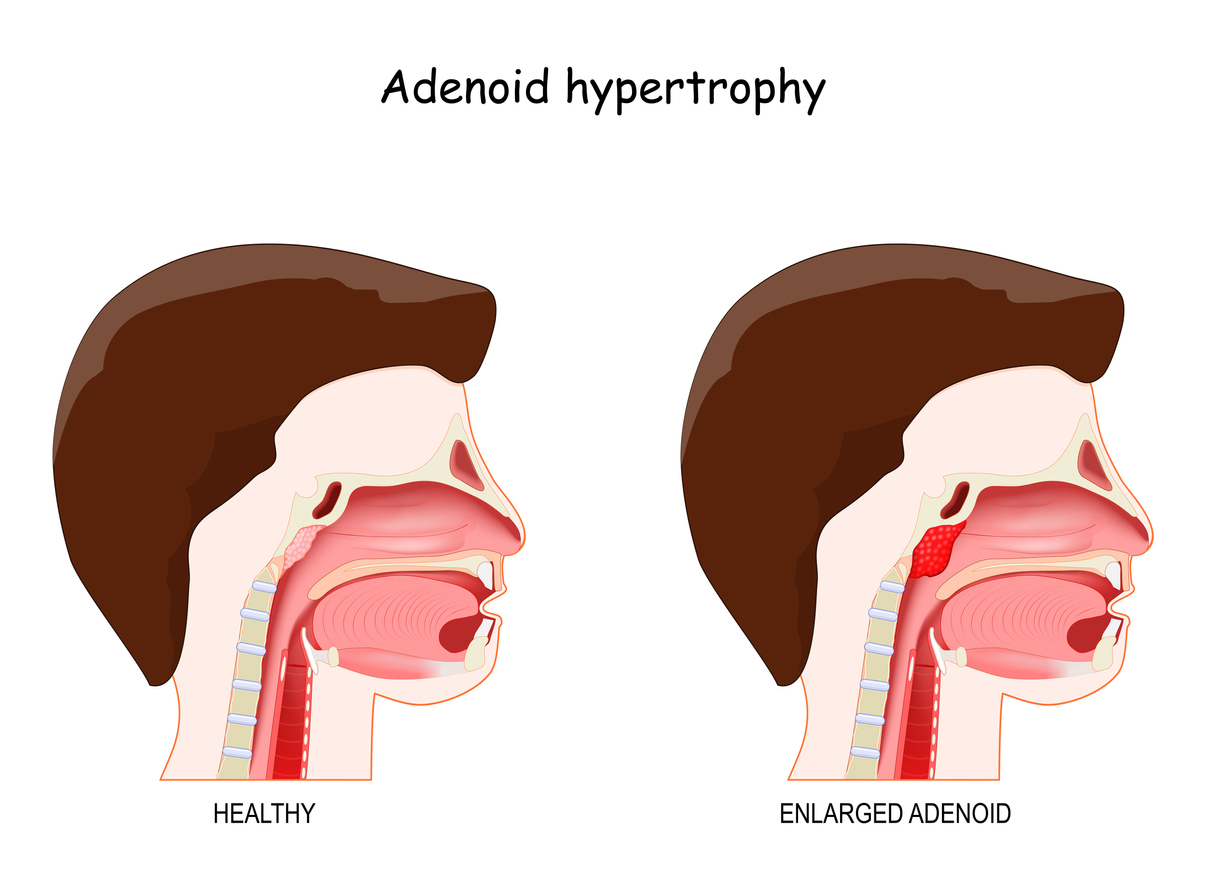How do calcium channel blockers reduce blood pressure-various aspects-
Treatment Options for High Blood Pressure (Hypertension)
Hypertension raises your chances of having a heart attack and stroke. A range of treatments can assist you in managing your blood pressure, including lifestyle modifications and medications.


Managing high blood pressure usually entails a mixture of medication and lifestyle modifications. The objective is to bring your blood pressure to its ideal level.
If you are suffering from high blood pressure it is always better to consult a qualified and experienced MD General Medicine doctor-Physician-counselling-Many people ask then why to read all this text -the reason is that it helps you to understand the pathology better ,you can cooperate with treatment better ,your treating physician is already busy with his patients and he does not have sufficient time to explain you all the things right from ABCD.
Increased blood pressure doesn’t automatically elevate your chances of a heart attack or stroke. However, if left unaddressed, it can evolve into high blood pressure — which undoubtedly does increase your risk.
Continue reading to discover more about lifestyle adjustments and medication alternatives for high blood pressure.
Lifestyle changes for high blood pressure
An active lifestyle serves as the primary defense against high blood pressure. Practices that aid in controlling blood pressure include Trusted Source:
A balanced diet: Consuming a wholesome, balanced diet can aid in managing blood pressure and enhancing health. You might consider the DASH diet, which stands for Dietary Approaches to Stop Hypertension. This diet emphasizes fruits, vegetables, whole grains, lean proteins, nuts, and legumes.
Physical activity: Engaging in regular cardiovascular workouts is beneficial for your heart. Aim for 150 minutes of moderate-intensity exercise each week.
Moderate weight: Keeping a moderate weight can enhance your blood pressure.
Avoid alcohol: If you consume alcohol, refrain from heavy drinking. Experts suggestTrusted Source a maximum of one drink per day for women and two drinks daily for men.
Avoid smoking: Your blood pressure can improve by staying away from secondhand smoke and quitting smoking if necessary.
Manage stress: Since stress can elevate your blood pressure, make efforts to reduce stress where possible. You might explore guided breathing, meditation, yoga, or consulting with a therapist.
Reduce salt: Consuming excessive sodium can increase your blood pressure, so aim to limit your salt intake. The goal is to consume no more than 2,300 milligrams (mg)Trusted Source daily.
Discover additional lifestyle techniques and practices for lowering blood pressure.
High blood pressure drugs
Some individuals find that solely implementing lifestyle changes is insufficient for managing high blood pressure. In such instances, various types of blood pressure medications with different mechanisms of action can be beneficial.
For certain individuals, a combination of two or more medications may be necessary to control their blood pressure. Your doctor can suggest the appropriate medication regimen for you.
Blood pressure medications can be categorized into the groups listed below, according to their function. The medications in each group are merely a sample of what is available.
-For update on further important health related topics and frequently asked questions on health topics by general population please click on the link given below to join our WhatsApp group –
https://chat.whatsapp.com/Lv3NbcguOBS5ow6X9DpMMA
Diuretics
Diuretics, sometimes referred to as water pills, assist the kidneys in eliminating excess water and salt. This decreases the blood volume that circulates through the blood vessels, resulting in lower blood pressure.
There are four primary categories of diuretics based on their method of action. They include:
thiazide diuretics (chlorthalidone, Microzide, Diuril)
potassium-sparing diuretics (amiloride, Aldactone, Dyrenium)
loop diuretics (bumetanide, furosemide)
combination diuretics, where more than one type is used together
Diuretics in the thiazide class typically produce fewer side effects compared to other options, especially when used at lower doses. If you are diagnosed with early-stage high blood pressure, reduced doses are advisable.
Beta-blockers
Beta-blockers assist the heart in beating with decreased speed and intensity. As a result, the heart delivers less blood through the blood vessels with each beat, leading to lower blood pressure. Some examples of beta-blockers are:
atenolol (Tenorim)
propranolol (Inderal)
metoprolol tartrate (Lopressor)
metoprolol succinate (Toprol-XL)
carvedilol (Coreg)
Alpha-beta-blockers
Alpha-beta-blockers have a dual effect. They belong to a subclass of beta-blockers that obstruct the binding of catecholamine hormones to both alpha and beta receptors.
These blockers can reduce the constriction of blood vessels akin to alpha-1 blockers, while also slowing the rate and strength of the heartbeat as seen with beta-blockers. Examples include:
carvedilol (Coreg)
labetalol hydrochloride (Normodyne)
Angiotensin-converting enzyme (ACE) inhibitors
ACE inhibitors assist the body in producing less of a hormone known as angiotensin II, which causes blood vessels to constrict. These medications effectively lower blood pressure by promoting the expansion of blood vessels and allowing for an increased blood flow.
Some ACE inhibitors are:
benazepril hydrochloride (Lotensin)
captopril (Capoten)
enalapril maleate (Vasotec)
fosinopril sodium (Monopril)
lisinopril (Prinivil, Zestril)
Angiotensin II receptor blockers (ARBs)
ARBs inhibit the influence of angiotensin II on blood vessels directly. They bind to the receptor sites on blood vessels, preventing them from narrowing. Consequently, this results in a reduction of blood pressure.
Examples include:
candesartan (Atacand)
eprosartan mesylate (Teveten)
irbesartan (Avapro)
losartan potassium (Cozaar)
telmisartan (Micardis)
valsartan (Diovan)
Calcium channel blockers
Calcium channel blockers restrict calcium from entering smooth muscle cells within the heart and blood vessels. This results in the heart beating less forcefully and aids in relaxing blood vessels, thereby lowering blood pressure.
Examples of these medications include:
amlodipine besylate (Norvasc, Lotrel)
felodipine (Plendil)
diltiazem (Cardizem)
isradipine (DynaCirc, DynaCirc CR)
verapamil hydrochloride (Calan SR, Covera-HS, Isoptin SR, Verelan)
Alpha-1 blockers
When under stress, your body generates hormones known as catecholamines. Catecholamines like norepinephrine and epinephrine lead to an increased heart rate and a more powerful heartbeat. They also constrict blood vessels, thereby elevating blood pressure.
The muscles surrounding certain blood vessels contain alpha-1 or alpha-adrenergic receptors. When a catecholamine attaches to an alpha-1 receptor, the muscle contracts, narrowing the blood vessel and increasing blood pressure.
Alpha-1 blockers attach to alpha-1 receptors, preventing catecholamines from binding. This action stops the narrowing of blood vessels, allowing blood to flow more freely, which ultimately decreases blood pressure.
Examples of these drugs are:
doxazosin mesylate (Cardura)
prazosin hydrochloride (Minipress)
terazosin hydrochloride (Hytrin)
Alpha-2 receptor agonists (central agonists)
When an alpha-2 receptor is stimulated, the formation of norepinephrine is inhibited. This results in a reduction in norepinephrine levels. Reduced norepinephrine leads to less constriction of blood vessels and decreased blood pressure.
Because alpha-2 receptor agonists function in the brain and central nervous system, they are also referred to as central agonists. This characteristic makes these medications beneficial for managing a wide variety of health issues beyond hypertension.
Examples include:
methyldopa (Aldomet)
clonidine hydrochloride (Catapres)
guanabenz acetate (Wytensin)
guanfacine hydrochloride (Tenex)
Vasodilators
Vasodilators relax the muscles within the blood vessel walls, particularly in small arteries known as arterioles. This dilation of blood vessels facilitates easier blood flow. Consequently, blood pressure decreases.
Examples include:
hydralazine hydrochloride (Apresoline)
minoxidil (Loniten)
Treatment plans
Managing high blood pressure involves continuous care as well as individualized treatments designed for particular situations and younger populations.
Ongoing medical care
To maximize the effectiveness of your treatment, it is essential to receive regular medical evaluations and blood pressure screenings. Frequent checkups enable your doctor to observe how well your treatment is progressing and make any necessary modifications to your treatment plan.
If your blood pressure begins to rise again, your doctor can react quickly. Visits with doctors also provide a chance for you to ask questions and express any concerns.
Treatment for specific situations
Further treatment options may be essential in certain circumstances, such as resistant hypertension or secondary hypertension.
Resistant hypertension is characterized by high blood pressure that persists after trying at least three different classes of blood pressure medications. A patient whose hypertension is managed with four distinct types of medication is classified as having resistant hypertension.
Even these challenging cases can often be effectively managed. Your healthcare provider might suggest a different medication, dosage, combination of drugs, or more intense lifestyle modifications.
Secondary hypertension is high blood pressure that is directly attributable to another medical condition or a medication side effect. Blood pressure typically drops significantly or can normalize after doctors identify and address the underlying issue.
Treatment options for children and teens
The primary approach to treating high blood pressure in children and teens is promoting a healthy lifestyle. This encompasses:
a balanced diet
regular exercise
weight loss for individuals who are overweight or obese
When necessary, children may use the same blood pressure medications as adults. For those with secondary hypertension, blood pressure often normalizes once the underlying health problem is addressed.
Takeaway
The treatment of high blood pressure generally entails a mix of lifestyle adjustments and medications. In some cases, lifestyle modifications alone are sufficient to normalize blood pressure levels. These adjustments may involve changes to diet, increased physical activity, and weight loss.
If your high blood pressure persists, ensure that you see a doctor who can provide the necessary medication -FOR FURTHER INFORMATION IN GREAT DETAIL PL CLICK ON THE LINK GIVEN BELOW-It is always better to view links from laptop/desktop rather than mobile phone as they may not be seen from mobile phone. ,in case of technical difficulties you need to copy paste this link in google search. In case if you are viewing this blog from mobile phone you need to click on the three dots on the right upper corner of your mobile screen and ENABLE DESKTOP VERSION .
When the force of your blood against the walls of your arteries is constantly too high, this is referred to as hypertension or high blood pressure. It’s sometimes referred to as a “silent killer” since it may not manifest any symptoms but can greatly raise the chance of developing major health issues such heart attack, stroke, and kidney illness.
When is high blood pressure considered?
The Setting:
To help guide treatment choices, blood pressure measurements are frequently divided into stages. The blood pressure in Stage 1 hypertension is usually between 130–139/80–89 mm Hg, whereas it is 140/90 mm Hg or higher in Stage 2.
Hypertensive Crisis:
A reading of 180/120 mm Hg or higher is considered a hypertensive emergency and requires prompt medical care.
What causes high blood pressure?
- Age: The risk increases with age.
- Genetics: A major contributing factor is a family history of hypertension.
- Lifestyle: Contributing factors include obesity, excessive alcohol use, inactivity, and an unhealthy diet (high in sodium, low in potassium).
- Other medical conditions: The risk can be raised by some diseases, such as kidney disease, sleep apnea, and thyroid issues.
- Race: Black people are more at risk.
What possible negative effects might result from high blood pressure?
Illnesses of the Heart and Blood Vessels:
A heart attack, stroke, heart failure, and peripheral artery disease.
Kidney disorders:
Kidney failure may result from the harm that high blood pressure causes to the blood vessels in the kidneys.
Damage to the Eyes:
The blood vessels in the eyes can be impacted by high blood pressure, which might result in visual issues.
Deterioration of Cognitive Function:
According to research, there may be a correlation between hypertension and cognitive deterioration, such as dementia.
Is there a way to control high blood pressure?
Changes to one’s lifestyle include:
It is essential to make dietary adjustments (lowering sodium intake and increasing potassium intake), engage in regular physical activity, maintain a healthy weight, and consume less alcohol.
Drugs:
Your doctor will choose the optimum treatment plan based on your specific needs because there are several medications that can help decrease blood pressure.
High blood pressure is defined as having a reading above 140/90.
The force of blood pressing against the walls of your arteries is what causes blood pressure. Your heart pumps blood into your arteries, which then distribute it throughout your body.
A healthy blood pressure reading is below 120/80 mm Hg.
Elevated blood pressure, also known as hypertension, occurs when blood pressure is abnormally high.
A blood pressure reading of 130/80 mm Hg or higher is considered to be consistently high.
Your blood pressure fluctuates throughout the day depending on what you’re doing. A diagnosis of hypertension may be made if blood pressure is consistently elevated.
The higher your blood pressure, the greater your risk of developing other health issues, such as stroke, heart attack, and heart disease.
Discover strategies for managing and preventing high blood pressure during pregnancy, which might endanger the health of you and your infant.
Diagnosis
High blood pressure can be diagnosed by your health care team. By analyzing your systolic (first number) and diastolic (second number) blood pressure values and comparing them to guidelines, they can also make treatment decisions.
These recommendations from the ACC and AHA are used by the majority of healthcare practitioners to identify hypertension:
If a healthcare practitioner identifies you as having high blood pressure, discuss your blood pressure readings and how they impact your treatment plan with your healthcare team.
Find out how and where to check your blood pressure, as well as why knowing your numbers is crucial.
Signs and Symptoms
Many individuals are unaware that they have high blood pressure, which is usually silent and has no signs or symptoms. Only a blood pressure measurement can reveal if you have hypertension.
Causes
High blood pressure is caused by a number of things, and there are many risk factors associated with it. Luckily, you have a lot of power over them.
Over time, high blood pressure typically manifests. It may be brought on by unhealthy lifestyle decisions, like failing to engage in enough regular exercise.
Diabetes and obesity are two examples of medical problems that can raise the chance of having high blood pressure. High blood pressure can also manifest during pregnancy.
Prolonged stress, anxiety, depression, or post-traumatic stress disorder can lead to additional health issues, such as hypertension and an elevated pulse rate.
Additional risk factors that might raise one’s risk of hypertension include family history and environmental factors.
High blood pressure may lead to a number of possible issues.
High blood pressure can harm your health in a variety of ways. Major organs such as the heart, brain, kidneys, and eyes may be severely damaged by it.
The good news is that in most cases, you can control your blood pressure to lessen your risk of developing significant health issues.
- High blood pressure (hypertension) can cause a variety of health problems, including injury to important organs like the heart, brain, and kidneys.
A heart attack and heart illness
High blood pressure might impair the flexibility of your arteries and cause harm to them. This results in heart disease by reducing the blood and oxygen supply to your heart. Additionally, a drop in blood supply to the heart can result in:
- Angina is the term for chest discomfort.
- A heart attack is when the blood flow to your heart is restricted, causing the heart muscle to start to die from oxygen deprivation. The heart suffers more damage the longer the blood supply is interrupted.
- Heart failure, which occurs when your heart is unable to supply enough blood and oxygen to the rest of your body.
Stroke and brain issues
A stroke might result from high blood pressure because it can cause an artery that carries oxygen and blood to the brain to rupture or become blocked. Stroke kills brain cells due to insufficient oxygen supply. Stroke can result in severe impairments in speech, mobility, and other fundamental functions. Death may result from a stroke.
High blood pressure, especially during midlife, is associated with increased risk of dementia and impaired cognitive performance later in life. The National Institutes of Health’s Mind Your Risks® campaign provides further information on the connection between dementia and high blood pressure.
Heart valve disorders
Any valve in the heart can be damaged or infected by heart valve disease, which is brought on by high blood pressure.
Renal disease
Compared to adults without diabetes or hypertension, adults with either or both are more likely to develop chronic kidney disease.
Prevention
You can make daily actions to maintain your blood pressure at a healthy level, regardless of your age.
By making lifestyle adjustments, many individuals with high blood pressure can reduce their blood pressure to a healthy level or maintain their numbers within a healthy range. Discuss with your health care staff about:
- Every week, engage in physical activity (roughly 30 minutes per day, five days a week).
- Refraining from smoking
- Maintaining a nutritious diet, which includes cutting back on sodium (salt) and alcohol consumption.
Maintaining a healthy weight - Controlling stress
For update on further important health related topics and frequently asked questions on health topics by general population please click on the link given below to join our WhatsApp group –
https://chat.whatsapp.com/Lv3NbcguOBS5ow6X9DpMMA
Issued in public interest by –






